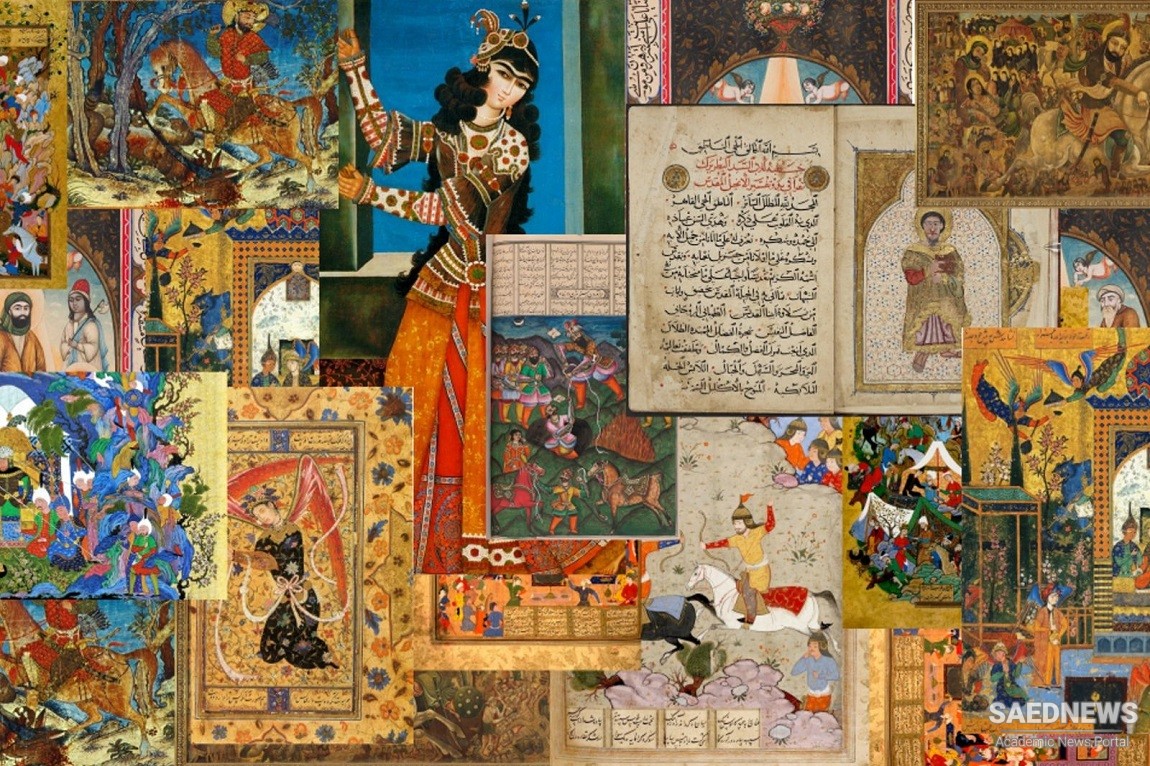Of undeniable importance is the Saffarid stimulus to the renaissance of New Persian literature and culture in the later part of the 3rd century. In this movement, the plebeian milieu of the Saffarids played a part as well as the feudal, aristocratic Samanid court. According to the Tarikh-i Sistan, Ya'qub had poets attached to him who, after the conquest of Herat and Pushang from their Tahirid governor, eulogised him in Arabic verses. Ya'qub could not understand these, and asked the secretary of his chancery, Muhammad b. Vasif, "Why must something be recited that I can't understand?" So Muhammad b. Vasif composed some verses in Persian. That the appearance of vernacular literature in Sistan at this time was something new is implied by the local history itself when the author contrasts Ya'qub's encouragement of New Persian literature with the purely Arabic eulogies and verses of the Kharijites of Sistan. Muhammad b. Vasif made himself court poet and commentator on events affecting the Saffarids; thus he celebrates 'Amr's pacification of Khurasan after Rafi's death, and mourns the capture of Tahir and Ya'qub b. Muhammad b. 'Amr. In this fashion, the Saffarids were some of the catalytic agents in the birth of a specifically Irano-Islamic culture and feeling. Over succeeding centuries, the Saffarids continued to be the rallying-point for local feeling and desires for independence. The exact genealogy of the later generations of the dynasty is unclear, but the charisma of the Saffarid name, if not the blood connections, plainly persisted. For the 150 years or so after the Samanid conquest, undoubted descendants of Ya'qub and 'Amr and their kinsmen headed resistance to alien control, and it is with these amirs of the period before the Ghaznavid conquest of 393/1003 (sometimes distinguished as the "second Saffarid dynasty") that we shall finally be concerned.


 Saffarids and Unity of Sistan
Saffarids and Unity of Sistan














































